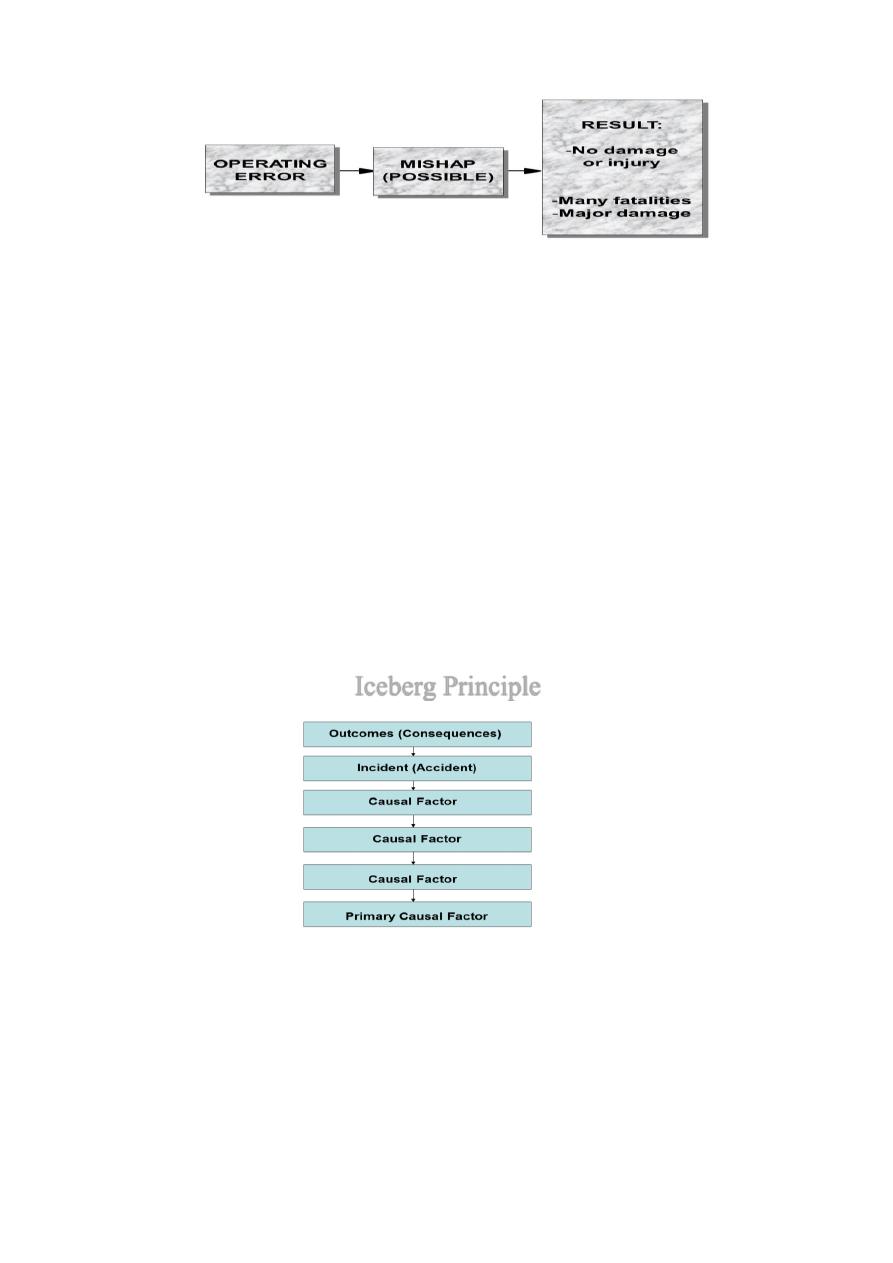
Cancer Epidemiology
“Cancer is a generic term for a group of more than 100 diseases that can affect any part
of the body.”
Other terms used are malignant tumors and neoplasm
What Is Cancer?
Cancer is a group of diseases characterized by uncontrolled
growth and spread of abnormal
cells
. If the spread is not controlled, it can result in death. Cancer is caused by both
external factors (tobacco, infectious organisms, chemicals, and radiation) and internal
factors (inherited mutations, hormones, immune conditions, and mutations that occur
from metabolism). These causal factors may act together or in sequence to initiate or
promote the development of cancer. Ten or more years often pass between exposure to
external factors and detectable cancer. Cancer is treated with surgery, radiation,
chemotherapy, hormone therapy, biological therapy, and targeted therapy
HIPPOCRATES (460-370 B.C) 1
He is the first person to clearly recognize difference between
and
benign
malignant
tumors
His writings include description of cancers involving
various body sites
Hippocrates noticed that
blood vessels
around a malignant tumor looked like the
claws
of crab
.
He named the disease
karkinos
(the Greek name for crab) to describe tumors. In
English this term translates to
carcinos or carcinoma.
Global Burden of Disease
• Total of 58 million deaths worldwide in 2005, cancer accounts for 7.6 million (or
13%) of all deaths
• Main types:
– lung (1.3 million deaths/year);
– Stomach (almost 1 million deaths/year);
– Liver (662,000 deaths/year);
– Colon (655,000 deaths/year) and
– Breast (502,000 deaths/year).
Methods of Cancer Epidemiology
•
Descriptive Studies
– Incidence, mortality, survival
– Time Trends
– Geographic Patterns
– Patterns by Age, Gender, SES, Ethnicity
•
Analytic Studies
– Cross-sectional
– Case-control
– Cohort

Known Risk Factors for Cancer
• Smoking
• Dietary factors
• Obesity
• Exercise
• Occupation
• Genetic susceptibility
• Infectious agents
•
Reproductive factors
•
Socioeconomic status
•
Environmental pollution
•
Ultraviolet light
•
Radiation
•
Prescription Drugs
•
Electromagnetic fields
Cancer Epidemiology
IIdentified Associations
• Tobacco & Lung Cancer
• Asbestos & Lung Cancer
• Leather Industry & Nasal Cancer
• Dyes & Bladder Cancer
• Ionizing Radiation & Many Cancers
• EBV & Burkitt’s Lymphoma
• HPV & Cervical Cancer
•
Prevention & Control
Primary Prevention
(Risk Factor Control)
• Cancer
&
education
legislation
•
prevention and cessation
Tobacco / alcohol
•
: high fiber, low fat, fruits & vegetables
Diet
•
control
Weight
•
prevention and control
STI
• Monitoring exposure to
sunlight / radiation
•
control (within/outside workplace)
RF
• Lowest
dose, upon prescription
estrogen
Secondary Prevention
•
(hospital-based, population-based)
Cancer registration
•
: best during pre-invasive (in-situ) or pre-malignant
Early detection / screening
stages. Examples: cervical, breast, prostate, colon, oral, skin, testis, etc
•
: multi-modal: surgical, chemotherapy, radiotherapy, pain therapy
Management

Lung Cancer
• Risk factors
– Cigarette smoking, environmental exposures, tuberculosis
• Detection/Prevention
– Reduce exposure to tobacco smoke
Breast Cancer
• Risk Factors
– Age, family history, biopsy, breast density, early menstruation,
obesity after menopause, recent use of oral contraceptives, hormone
therapy, late or no children, alcohol, breast feeding, exercise
• Early Detection
– Mammography and clinical breast exam every year after age 40
(ACS)
Prostate Cancer
• Risk factors
– Age, ethnicity, family history, dietary fat?, weight?
• Early detection/prevention >50yrs old
– PSA blood test/yr
– Digital rectal exam/yr
Colorectal Cancer
• Risk factors
– Age, family history, smoking , alcohol, obesity, exercise, high fat
diet/red meat
• Early Detection/Prevention
– 4 modalities recommended for people age 50 and older
• Fecal occult blood test (FOBT) every year
• Flexible sigmoidoscopy every 5 years
• Colonoscopy every 10 years
• Double-contrast barium enema every 5 years
Heinrich’s Theorems
• INJURY - caused by accidents.
• ACCIDENTS - caused by an unsafe act –
injured person or an unsafe condition –
work place.
• UNSAFE ACTS/CONDITIONS - caused by careless persons or poorly
designed or improperly maintained equipment.
• FAULT OF PERSONS -
created by social environment or acquired by
ancestry.
• SOCIAL ENVIRONMENT/ANCESTRY - where and how a person was raised
and educated.
• Corrective Action Sequence
(The three “E”s)
Engineering
Education
Enforcement

Modern Causation Model
Operating Errors occur because people make mistakes, but more importantly,
they occur because of SYSTEM DEFECTS
Operating Errors:
Examples
Being in an unsafe position
Stacking supplies in unstable stacks
Poor housekeeping
Removing a guard
Safety Program Defect
A defect in some aspect of the
safety program that
allows an avoidable error to exist.
• Ineffective Information Collection
• Weak Causation Analysis
• Poor Countermeasures
• Inadequate Implementation Procedures
• Inadequate Control
Iceberg Principle
Seven Avenues
There are seven avenues through which we can initiate countermeasures. They are:
Safety management error
Safety program defect
Management / Command error
System defect
Operating error
Mishap
Result
